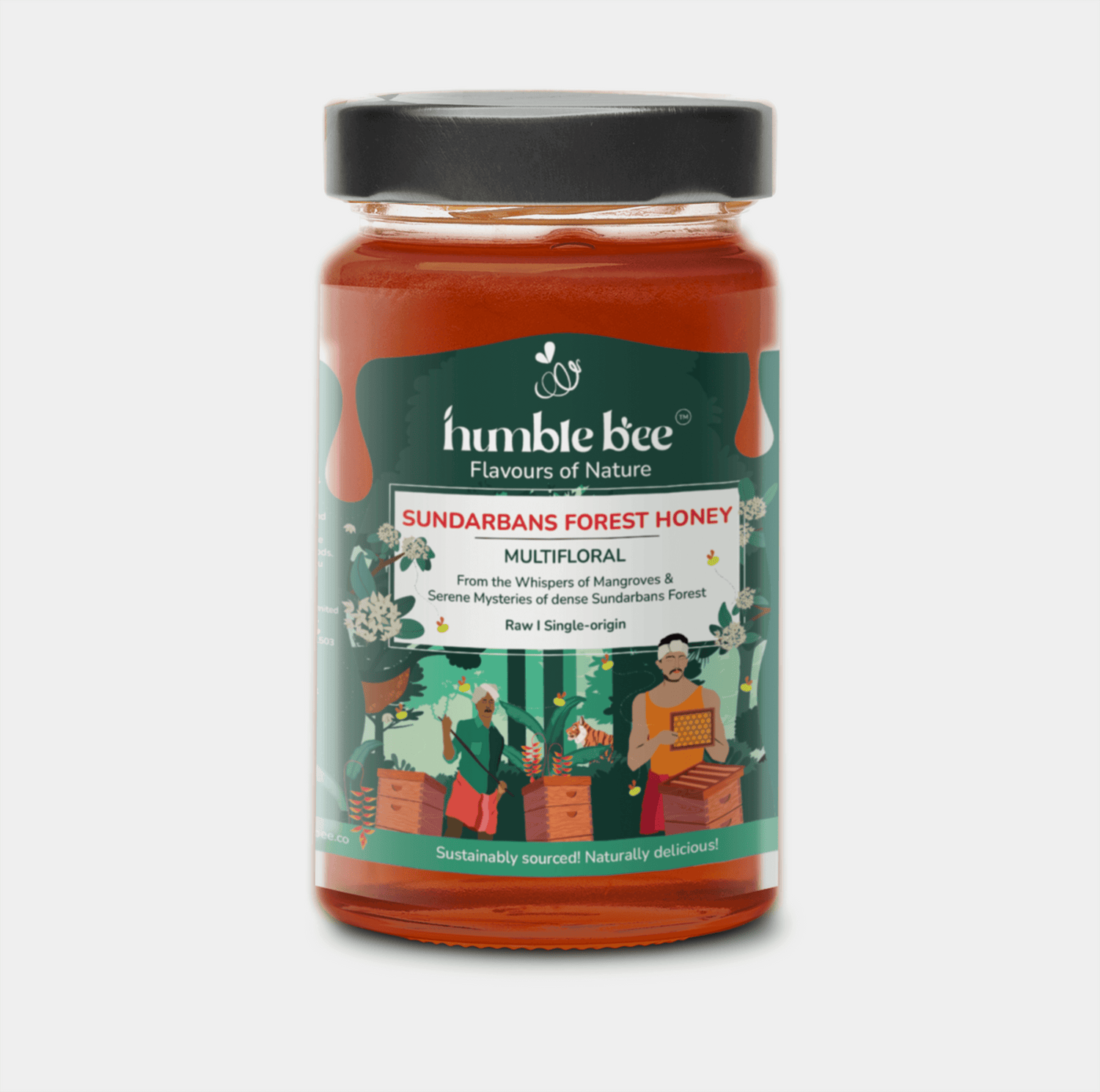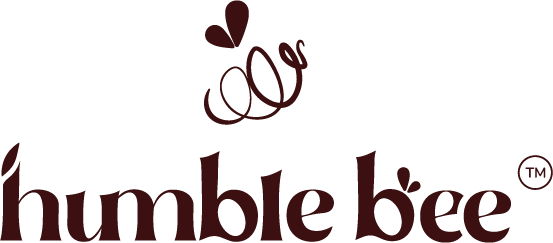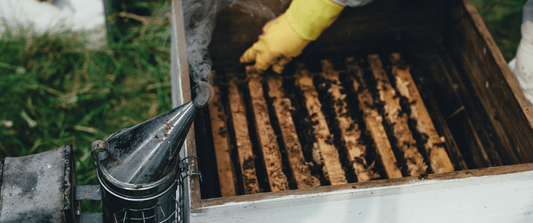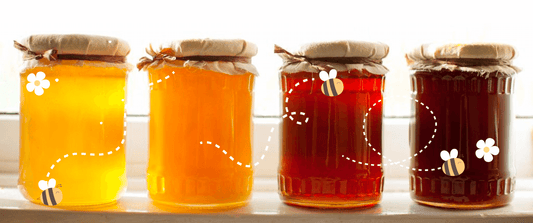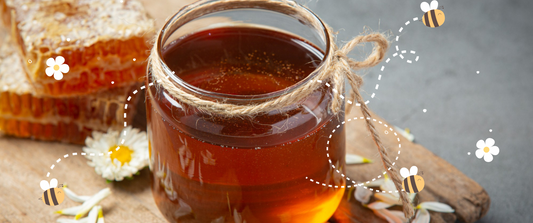Bees do more than make honey. They pollinate our crops, support biodiversity, and help keep nature in balance. But not all beekeeping is done the right way.
Many people still follow unscientific or harmful practices that hurt bee colonies, reduce honey quality, and damage the environment. There’s a growing need to move from unscientific, unsustainable practices to scientific, sustainable methods, not only to protect bee colonies but also to ensure better-quality honey, healthier crops, and thriving rural livelihoods.
Let’s break down the key differences across the beekeeping value chain, from hives to harvesting and post-harvest processing.
1. Beehive & Equipment
| Aspect | Unscientific Beekeeping | Scientific Beekeeping |
|---|---|---|
| Hive Material | Made from untreated, low-grade jungle wood (e.g., mango), easily damaged. | Made from standardized, treated wood (like pine), durable and well-insulated. |
| Construction Quality | Poor sealing, bottom board gaps invite pests like wax moths. | Precision-built with tight sealing to reduce pest infestation. |
| Frame Spacing | No standard spacing; leads to cross-combing and damaged brood/honey. | Langstroth standard spacing ensures clean comb build-up and easy inspection. |
| Honey Storage | No super chamber- honey stored in brood chamber with eggs and larvae. | Super chamber added- keeps honey separate from the brood, ensuring purity. |
| Paint | Chemical paints used, risk of lead and other toxins leaching into honey. | Natural, food-grade, or bee-safe paints used. |
2. Beekeeping Practice
| Aspect | Unscientific Beekeeping | Scientific Beekeeping |
|---|---|---|
| Training & Knowledge | Most farmers have no formal training and fear handling bees. | Beekeepers trained in colony behaviour, handling, and safety. |
| Colony Monitoring | No system to track queen performance, colony strength, or behaviour. | Regular inspections, tracking of queen, brood pattern, and foraging behaviour. |
| Disease/Pest Control | No checks for diseases or parasites; colonies often collapse. | Preventive and timely pest/disease management using approved methods. |
| Seasonal Management | No adjustment for seasons- leads to colony stress. | Seasonal feeding, migration, and management for colony health and productivity. |
3. Honey Harvesting
| Aspect | Unscientific Beekeeping | Scientific Beekeeping |
|---|---|---|
| Harvesting Area | Honey extracted in open fields, unhygienic and exposed to dust. | Extraction done in enclosed, clean, designated units/areas. |
| Honey Ripeness | Unripe honey taken from open combs, high moisture, poor shelf life. | Only sealed (capped) honey harvested, ensures quality and shelf stability. |
| Method | Combs often squeezed or cut, kills bees and damages colony. | Frames removed gently, bees brushed off, honey extracted using machines. |
| Impact on Bees | Brood combs often destroyed in the process, weakening the colony. | Brood area protected, only honey frames removed, sustains colony health. |
| Harvest Frequency | Frequent, premature harvesting for quantity. | Fewer but higher-quality harvests focused on sealed, mature honey. |
4. Post-Harvest Processing
| Aspect | Unscientific Beekeeping | Scientific Beekeeping |
|---|---|---|
| Storage Containers | Honey stored in tin cans-causes iron leaching, spoiling flavor and quality. | Food-grade containers (stainless steel or BPA-free plastic) used for hygiene and preservation. |
| Moisture Control | No dehydration or moisture check- fermentation common. | Moisture levels checked; dehydration if needed to meet quality standards (<20%). |
| Heating | Honey overheated to avoid spoilage- destroys enzymes, flavor, nutrition. | Minimal warming under controlled conditions- preserves natural enzymes and medicinal value. |
| Testing & Traceability | No labeling, no batch tracking, no testing. | Honey is lab-tested, batch-labeled, and traceable from hive to jar. |
The difference between scientific and unscientific beekeeping isn’t just about how honey is made- it’s about how we care for bees, how we protect nature, and how we create long-term value for farmers, consumers, and ecosystems.
Scientific beekeeping:
- Increases hive productivity
- Reduces colony losses
- Improves honey quality
- Enhances pollination for local crops
- Builds resilience against climate change
Unscientific practices, on the other hand:
- Weaken colonies
- Lead to low-grade or adulterated honey
- Harm farmer livelihoods in the long term
- Pose risks to ecosystems and biodiversity
Beekeeping is more than a livelihood, it's a relationship with nature. By choosing and promoting scientific beekeeping, we are choosing better food, stronger ecosystems, empowered rural communities, and a sustainable future.
At Humble Bee, we work closely with beekeepers, scientists, and partners to build a resilient, ethical, and traceable honey value chain- one hive at a time.
